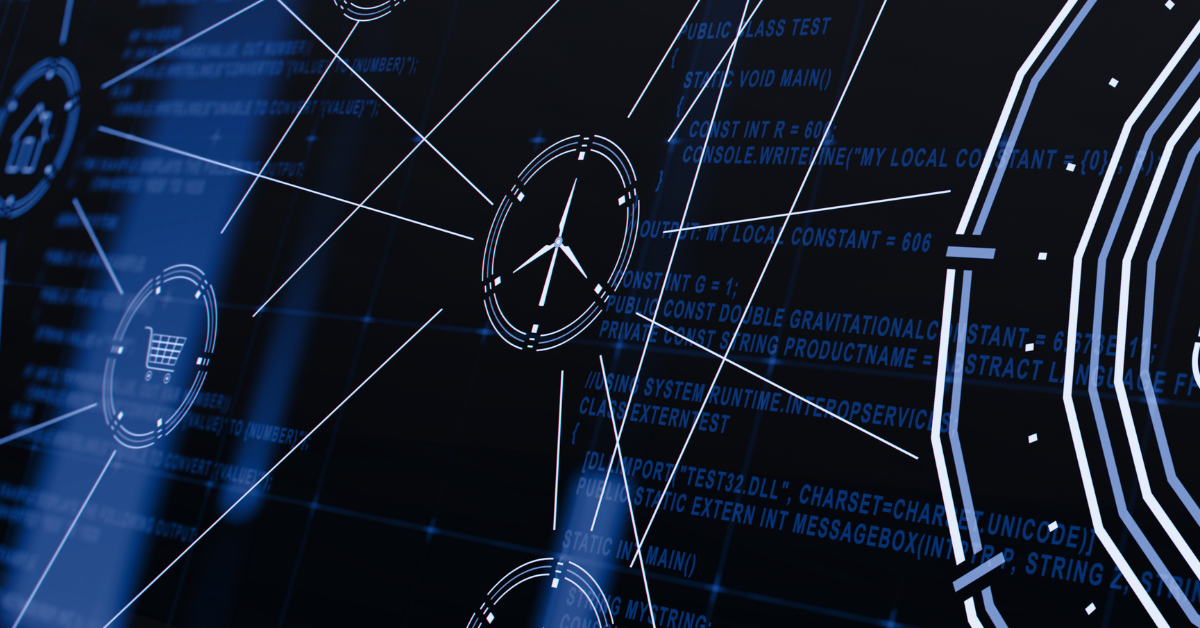Record heat waves. Stronger storms and hurricanes. Flood threats. Mother Nature has been busier lately. In today’s era of powerful weather events, how do you stay one step ahead to ensure your data is protected?
As a digital business, beyond your organization having a solid disaster recovery (DR) plan, is your colocation facility fully prepared to keep your data safe and your operations running? Here are key questions and answers to guide decision-making, ensuring you choose a provider that prioritizes data protection and resilience.
Q) How does the data center provider ensure power continuity during severe weather?
Making sure the power stays on involves several strategies:
Redundant power feeds
Look for data centers with multiple power feeds from diverse grids, reducing dependency on a single source.
Uninterruptible Power Supplies (UPS)
Verify that the data center has UPS systems in place to provide immediate backup power.
Generators
Ensure the provider has reliable generators, regularly tested and with ample fuel supply for extended operations.
Refueling plan
After backup is implemented, make sure the provider has a contingency plan for how to refuel.
Onsite critical spares
Verify that there is extra equipment onsite for mechanical and electrical infrastructure needs.
How Cologix can help
Cologix data centers are structured and managed to ensure your organization has continuous operations. Our facilities go beyond the power needed to keep your IT infrastructure running. They also feature generators, backups, multiple entrances and utility feeds. Cologix data centers have redundant power, multiple supplier vendors and 99.999 percent uptime record level agreements in place to keep our customers’ systems running and data intact.
Q) What flood protection measures does the data center have in place?
Effective flood protection is a combination of strategic location selection and robust structural elements.
Location selection
Ensure the data center is located above the 100-year floodplain (land predicted to flood with a 1% chance of occurring in any given year), minimizing flood risk.
Waterproof barriers
Ask if the facility has waterproof barriers and seals around doors and windows.
Elevated equipment
Confirm that critical equipment is raised above potential water levels.
Drainage systems
Evaluate the efficiency of the drainage systems around the facility, ensuring water is diverted away from the building
How Cologix can help
Our business continuity and disaster recovery data centers were built with location and geography as a key strategic consideration. Five of our North American data centers are located outside of the Federal Emergency Management Administration’s (FEMA’s) recognized floodplain, meaning they are outside of areas that can be impacted by a flood.
These centers also have a history of withstanding some of our most destructive weather events, including maintaining their accessibility and allowing entrance during and after the event.
In 2012, our NNJ4 data center remained intact and operational despite the historic damage caused by Superstorm Sandy. Our LAK1 data center, which can withstand a Category 5 hurricane (winds greater than 157 mph), never lost power as Hurricane Ian swept through Florida in September 2022.
JEA, the largest community-owned utility company in Florida, moved its Emergency Operations Center (EOC) into our JAX2 data center location because of the data center’s ability to survive a Category 5 storm. Both of our Jacksonville data centers also remained operable when the city sustained historic flooding from Hurricane Irma in 2017.
Q) How does the data center protect against physical damage from severe weather?
Structural features that protect against the most violent weather include:
Purpose-built: Check if the data center is constructed to withstand a certain level of storm impact (e.g., built to withstand a Category 5 hurricane).
Protective barriers: Look for installations like storm shutters to shield windows and other vulnerable points. Elements like impact film-bonded windows can help further strengthen the structure.
Regular inspections: Ensure the provider conducts regular inspections and maintenance to maintain structural integrity.
How Cologix can help
We regularly strive to mitigate environmental risks in any way we can. This is a foundational reason why our Florida locations are Category 5 hurricane-rated buildings.
After purchasing our JAX1 data center in 2013, we worked with a structural engineer to complete a $7 million renovation that included upgrading the entire infrastructure and bringing in a pair of 1MW generators configured at N+1. JAX1 also has a curtain wall that shields it against heavy wind and rain, as well as impact film on its glass windows.
Cologix also employs experienced staff at our data centers who have been trained by the critical infrastructure manufacturers in all critical gear located within the data centers on electrical and mechanical systems. Our onsite professionals have their Data Center Certified Associate (DCCA) and Certified Data Centre Professional certifications.
Data center staff also regularly test our equipment under real-world weather conditions, whether it’s mid-summer or winter, from our most northern to most southern sites, wherever and whenever severe weather is a factor. This ensures our generators can handle thick humidity, and high and low temperature extremes. They regularly run through worst-case scenarios and how to respond. In addition to earning their professional and technical certifications, our data center employees are intimately familiar with the environments inside and outside the facility.
Assessing climate-related risks
In 2023, Cologix partnered with Jupiter Intelligence for comprehensive climate risk assessments across our data centers. Using Jupiter’s ClimateScore™ Planning tool, we gained insights into weather event impacts, supporting our risk reduction strategies and increasing the resilience of our data centers. Jupiter’s advanced analytics developed a detailed risk analysis, ensuring Cologix’s long-term resilience against climate-related threats. Through innovative models and algorithms, we identified and addressed current and potential future climate-related impacts. With these insights, Cologix stays in lockstep with innovation and preparedness, safeguarding our operations against the evolving challenges posed by climate change.
To learn more about how Cologix can safeguard your data and ensure your organization’s resilience against weather-related threats, contact us.













